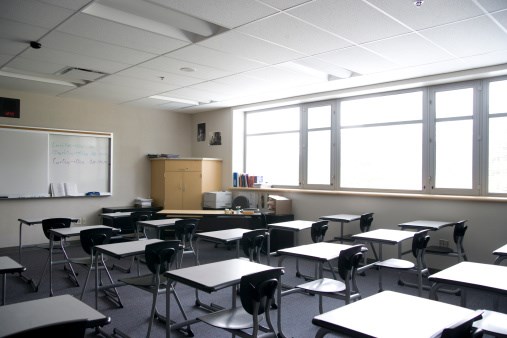We know that last week's Supreme Court decision is a victory for the teachers' right to collective bargaining but will it be a boon for students?
We don't know yet because it will likely take some time before some of the $100-million fund set aside for this eventuality trickles down to local districts because the province and the BC Teachers' Federation still have to hammer out a deal.
In the meantime, we wonder what could have been different had the BC Liberal government — including then-education minister Christy Clark — not torn up the 2002 contract that regulated class size limits and guaranteed numbers of specialist teachers, counsellors, teacher-librarians and special education teachers.
Entire graduating classes have felt the effects of the BC Liberal squeeze on class size and composition for the many years since.
As recently as February, for example, The Tri-City News reported that School District 43 class size averages were among the highest in the province and there were hundreds of classes where there were seven or more students with individual education plans needing supports or seven or more new English speakers who needed extra help.
The Coquitlam Teachers' Association president at the time, Charley King, explained that the problem was lack of funding, and although SD43 administration provided assurances that student needs were being met through school teams and pullout programs, he worried about the overall impact on students.
"You're seeing students in more classes more crowded with less one-on-one time and there's no additional resources to help students," King said.
If the 2002 collective agreement hadn't been torn up, would the situation have been better?
It's also not known whether the district will be able to bring back librarians and music teachers who were basically cut from the system because of funding issues.
We get that it's a challenge to negotiate working conditions and the province may have needed more flexibility, but the combination of funding limits, higher needs and no protections through the collective agreement — now since restored — has resulted in the situation we have today.
This should be good news for students today but what about the thousands who went through the system while it was under stress?



